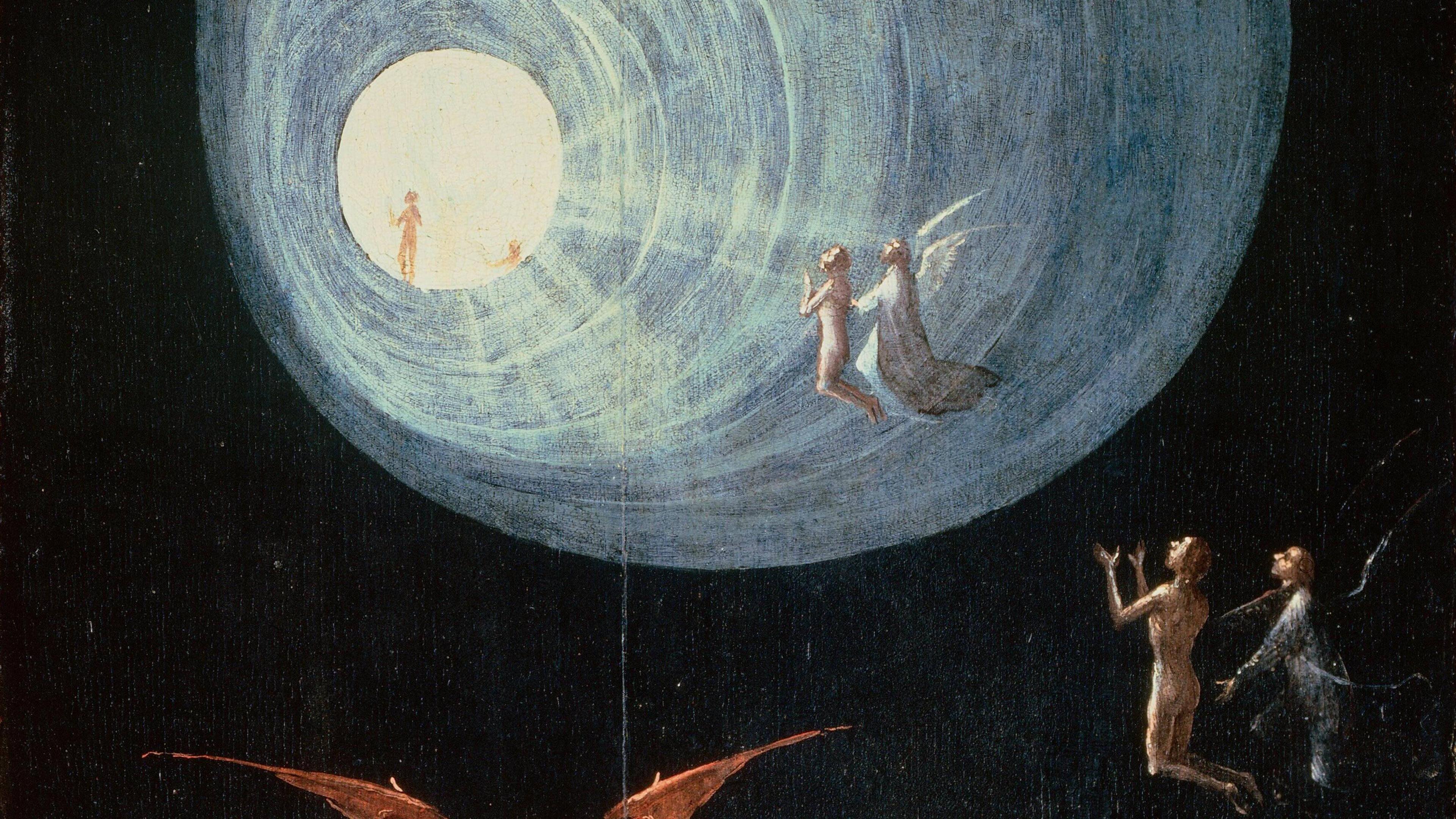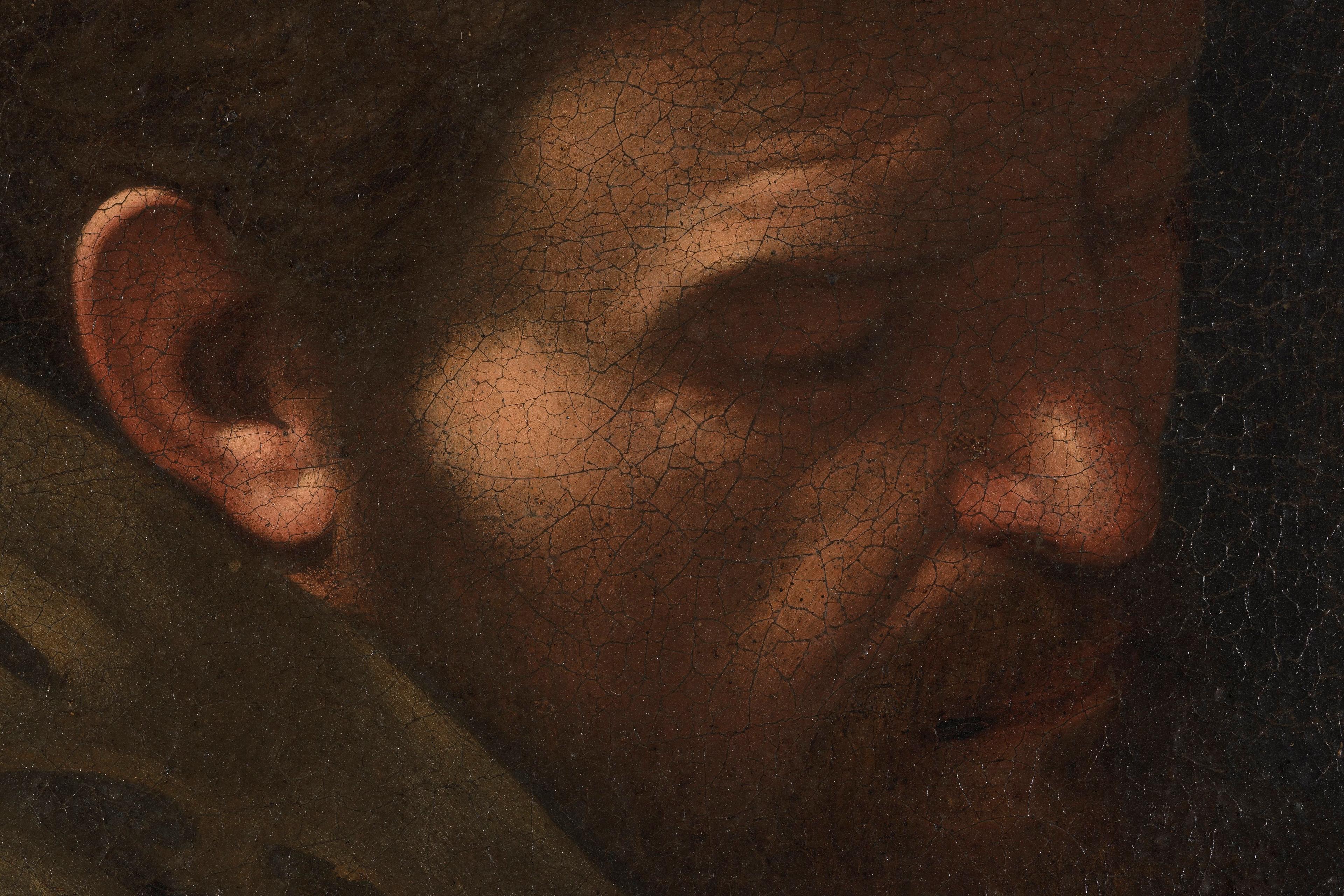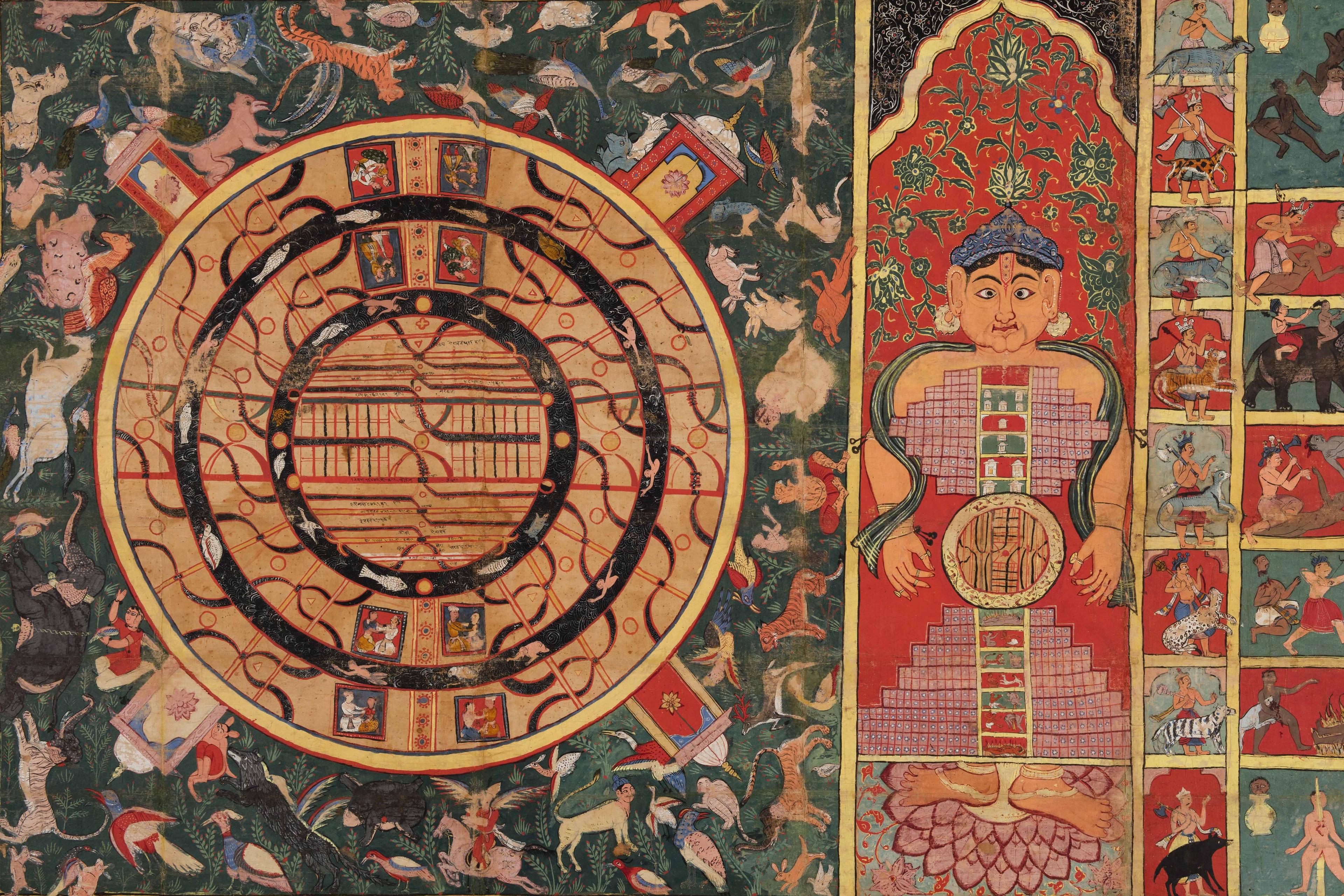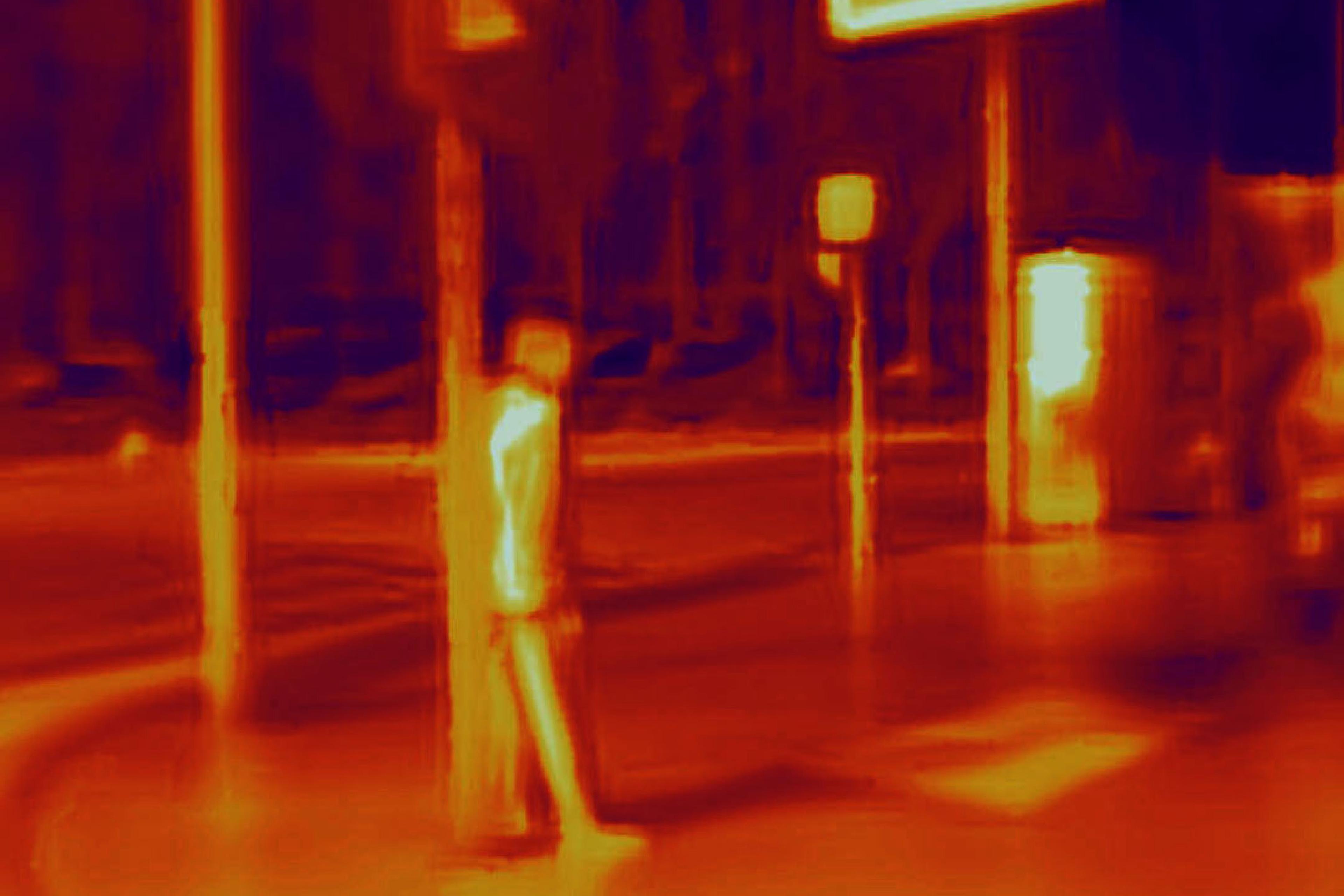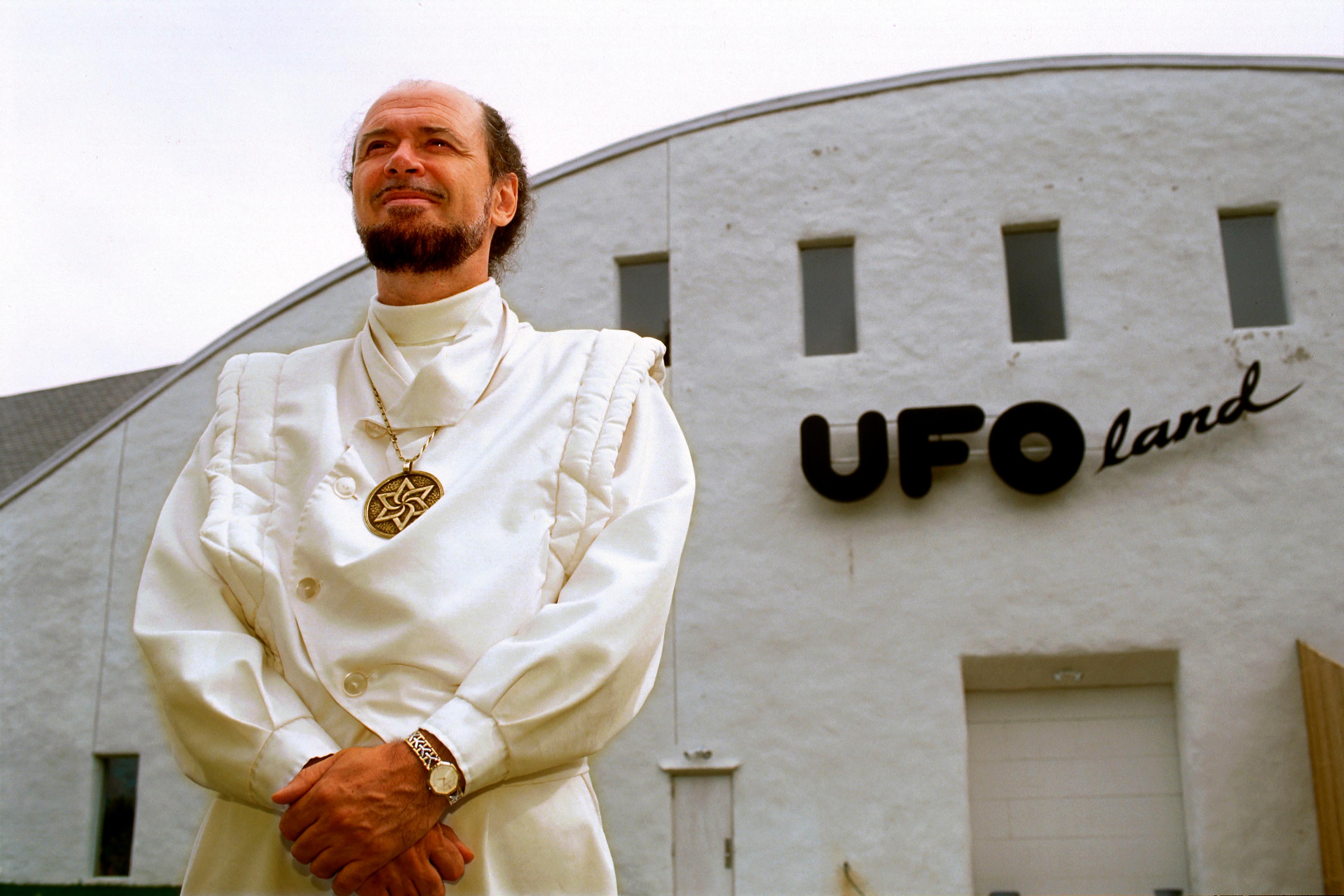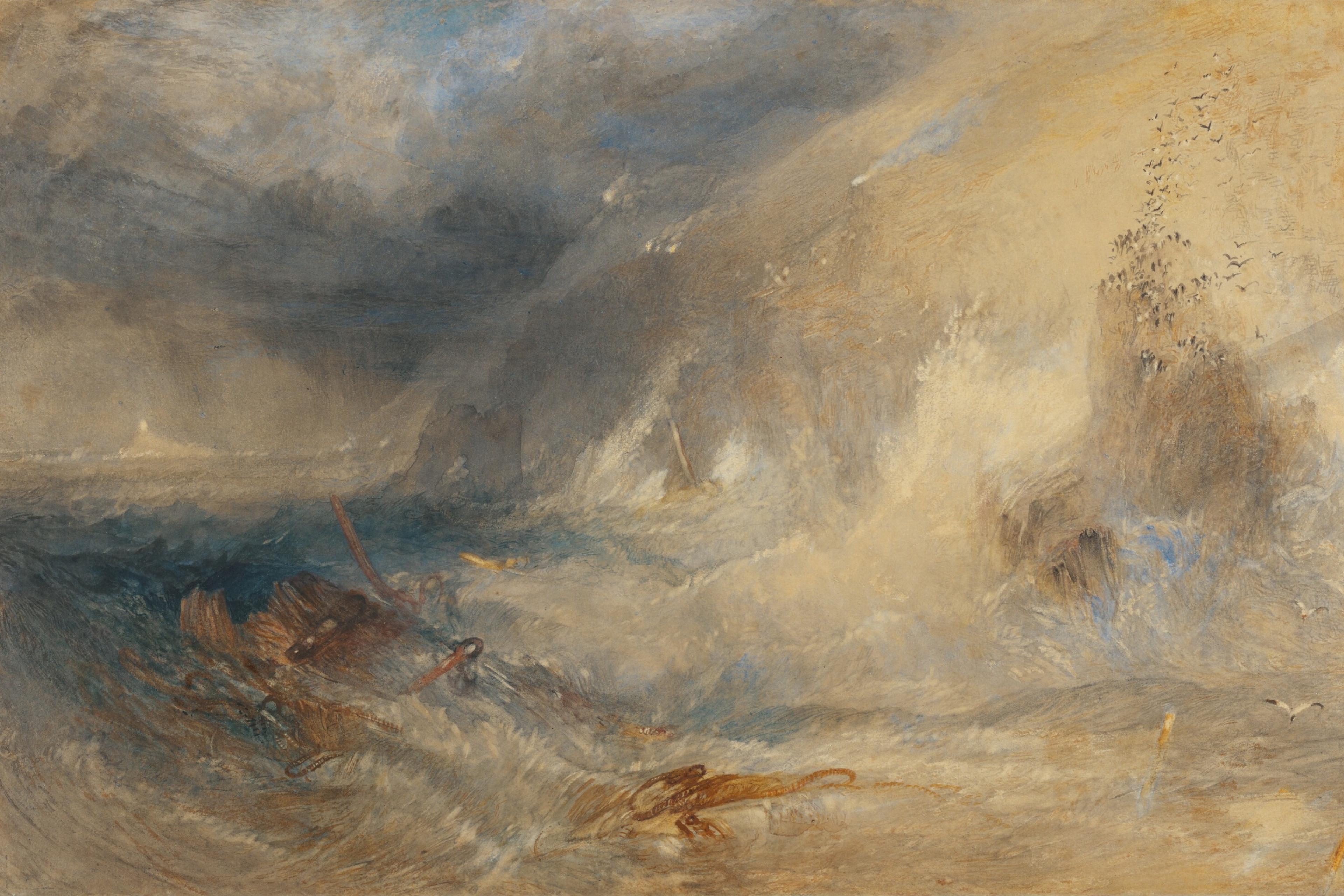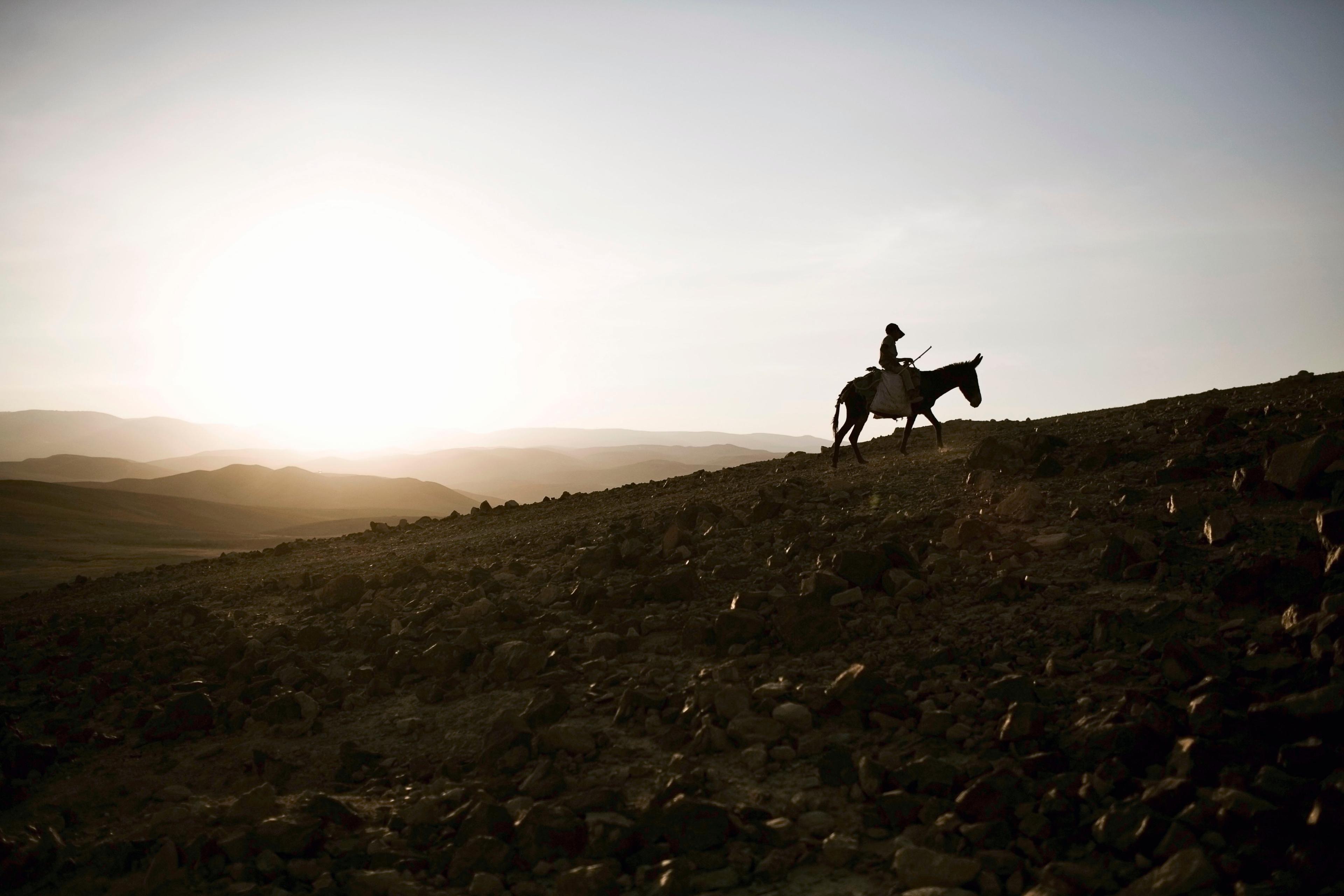In 1881, a Native American man named Squ-sacht-un of the Squaxin Island Tribe in Washington territory fell ill and, by all appearances, died. His wife began funeral preparations. As Squ-sacht-un later recounted:
My breath was out and I died. All at once I saw a shining light – great light – trying my soul. I looked and saw my body had no soul – looked at my own body – it was dead.
His soul, according to one account, had ascended to a house where a man asked him if he believed in God. Inside the house, he encountered a photograph of himself that somehow revealed all the bad deeds he had committed in life. He then witnessed people he knew being burned in a furnace. Ultimately, he met God and was given a choice between returning to Earth to preach Christianity or going to hell. Before awakening, Squ-sacht-un was shown a beautiful, luminescent world where he experienced feelings of peace and comfort. Squ-sacht-un was transformed by the experience, explaining: ‘I have seen a great light in my soul from that good land; I have [understood] all Christ wants us to do. Before I came alive, I saw I was [a] sinner.’
This is an example of what would later be known as a near-death experience (NDE). NDEs have been popularly recognised in the West since the mid-1970s, but people from the largest empires to the smallest hunter-gatherer societies have been having them throughout history. Accounts are found in ancient sacred texts, historical documents, the journals of explorers and missionaries, and the ethnographic reports of anthropologists. Among the hundreds I’ve collected are those of a 7th-century BCE Chinese provincial ruler, a 4th-century BCE Greek soldier, a 12th-century Belgian saint, a 15th-century Mexica princess, an 18th-century British admiral, a 19th-century Ghanaian victim of human sacrifice, and a Soviet man who’d apparently killed himself but was revived during resuscitation experiments. NDEs can happen to followers of any religion, and to those of none.
Descriptions of NDEs from around the world often bear striking similarities to myths of afterlife journeys in different religions. In stories from ancient Sumer and Egypt to India and China and beyond, a soul leaves the body, travels through a dark place to a bright other realm, is greeted by deceased relatives, undergoes some kind of evaluation based on one’s life on Earth, meets a deity or other entity that’s often described as radiating light, and so on. It’s important to keep in mind that these common features are found despite the vast stretches of time and space that separate these cultures.
Is it possible that this type of extraordinary experience that is universally associated with nearly dying is a fundamental source of beliefs about the afterlife? For many societies, there’s no need to speculate. In historical as well as modern accounts, NDEs are often said to lead directly to new beliefs, including the belief that consciousness can separate from the body and that it continues after death. I’ve unearthed more than 70 Native American NDE accounts dating from the 16th-19th centuries, and in more than 20 of them it was stated that the experience was a source of knowledge about the afterlife. Likewise, from the Pacific islands, 19 of the 36 NDE accounts I found had similar claims.
In a fascinating example from 1634, the Innu of eastern Quebec and Labrador told the French Jesuit missionary Paul Le Jeune that their knowledge about the afterlife came from two of their people who had travelled to the spirit world and returned. Their NDEs empowered the Innu to challenge Le Jeune’s claims about the Christian heaven and hell, for, according to the evidence of their people who’d had NDEs, everyone went to the same single realm after death.
NDEs have even been foundational to entire religious movements. Some NDE-based movements promoted a revitalisation – a symbolic rebirth – of local culture. A major example is the Ghost Dance religion founded by the Northern Paiute shaman Wodziwob following his NDE and other visionary experiences. But these movements have occurred around the world. In Brazil, Guyana and Venezuela, the Hallelujah religion of the Akawaio people had its origins in the NDEs and visions of its founder. The resulting teachings of such traditions included ritual practices (such as repetitive drumming and dancing, or hallucinogenic drug use) to bring about visionary experiences similar to NDEs. Not only were these religions grounded in individuals’ NDEs, they served to democratise NDEs and allow their followers to experience them without having to die.
Some larger religions, such as Pure Land Buddhism in East Asia, valorise NDEs and include numerous accounts of them in their sacred texts. In one example from 705 CE, an assistant governor of the Miyako district of Japan named Hirokuni was apparently dead for four days but then revived. He described how messengers had led his soul across a bridge and took him to a golden palace where he met the king of the other world. He saw punishments being inflicted on his father for his transgressions on Earth, and was told how to avoid such a fate:
Those who have Buddhist scriptures recited will live in the eastern golden palace and be born in the heaven according to their wish; those who have Buddha-images made will be born in the Western Pure Land of Unlimited Life; those who set living beings free will be born in the Northern Pure Land of Unlimited Life.
Whether such accounts have a basis in any actual historical NDE is unknown, though they do demonstrate how the phenomenon is commonly seen in a religious or spiritual context. As with numerous examples from medieval Europe and from 19th- to early 20th-century Mormons, Hirokuni’s story was obviously written to promote religious teachings, for like many people who’d had an NDE, he was reportedly transformed by the experience, and he became a model for pious behaviour within his tradition.
It’s important to note that NDEs don’t always emerge from a religious context, and that their impact on spiritual beliefs is not limited to people who are already religious. Committed atheists can also alter their beliefs and worldviews following an NDE. Upon revival from his NDE, the British logical positivist philosopher A J Ayer allegedly told his doctor: ‘I saw a Divine Being. I’m afraid I’m going to have to revise all my various books and opinions.’
We must also be careful not to overstate the crosscultural similarities with regard to NDEs. Although they share similar themes wherever they occur, no two NDEs are exactly alike. As with any other experience, they are filtered through our complex layers of culture, language and individuality. Given that he was a converted Christian, Squ-sacht-un’s NDE featured Christian imagery and instructions to preach the religion on his return to life. In Eastern examples, people who’d had NDEs are often sent back to the body due to a mistaken identity: the otherworld entities got the wrong person. In Western accounts, however, it is more often in order to complete some Earthly task, such as taking care of a child. One thing the various NDEs have in common, however, is that they’re virtually always understood as revealing ‘what happens when we die’.
Today, the NDE phenomenon continues to play a major role in our beliefs about souls, bodies, death and beyond. It is both a staple of popular culture and firmly a part of many alternative spiritualities. There are even NDE groups and societies in which members seek to renegotiate their spirituality in light of such experiences. These groups share much in common with religious movements, elevating those who’ve had NDEs to a higher, often guru-like status, and attempting to codify and disseminate beliefs derived from the experiences. They provide a way for unaffiliated ‘spiritual but not religious’ people to find a community with certain common beliefs. The testimonies of people who’ve had NDEs also give comfort to those who grieve the loss of loved ones, and to those who are fearful of death. These benefits come without the attendant commitments and potential philosophical compromises involved in mainstream religious affiliation. After all, believing in an afterlife based on personal experience doesn’t necessitate believing in myths of deities and their alleged concern for our daily lives. Near-death experiences can make it rational to believe in an afterlife while remaining an atheist.
There have been many explanations for why people believe in an afterlife at all. Afterlife beliefs have been described as a ‘carrot and stick’ invention of the ruling class to control behaviour with threats of ultimate punishment and promises of eternal reward. Others argue that such beliefs arose from observations of the dying-and-returning cycles of nature – the setting and rising of the Sun, the waning and waxing of the Moon, the annual rebirth of plants and trees. Or perhaps they stem from our yearnings for justice after a life of Earthly disappointments, and are essentially wish-fulfilment fantasies. Most recently, cognitive science has suggested that we’re actually hard-wired to intuitively believe in an afterlife.
Each of these theories might play a role in explaining certain aspects of particular beliefs in specific societies. But they all ignore the single human experience most obviously relevant to beliefs in an afterlife: near-death experiences. Whatever the true source of NDEs – biological, psychological or metaphysical – there’s no question that they’re part of human experience, that they can influence our beliefs about an afterlife, and that they can even contribute to the formation of new religious movements. The phenomenon of NDEs reinforces what humans already seem predisposed to believe: that, in fact, we do not die.
When Squ-sacht-un returned from his NDE, he fulfilled the promise he’d made in the spirit world and began to teach Christianity – though with a markedly Indigenous character. This was the foundation of the Indian Shaker Church, so named because of the ecstatic convulsions of its members during ceremonies. While the Shakers considered themselves Christians, they did not favour the Bible as a revelatory source – relying instead on the testimony of Squ-sacht-un, who was also known as John Slocum. Louis Yowaluch, the head of the Church in 1893, noted the NDE’s foundational role in the Church’s beginning: ‘We heard there was a God from John Slocum … We [had] never heard such a thing as a man dying and bring[ing] word that there was a God.’
